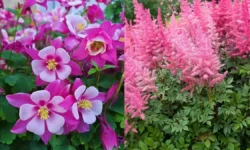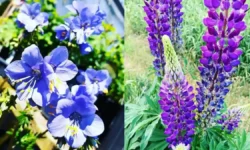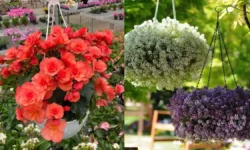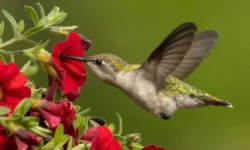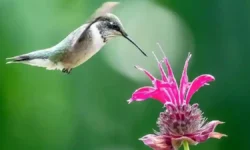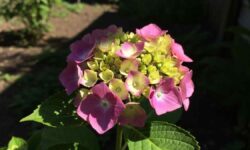Dianthus, commonly known as pinks or carnations, are cherished garden flowers valued for their vibrant colors and sweet fragrance. Their delicate blooms add charm to flower beds, borders, and containers. However, gardeners often face a common question: Will deer eat dianthus? Understanding deer feeding habits and the relationship between deer and dianthus is essential to protecting these beautiful flowers.
In this comprehensive guide, we will explore whether deer actually consume dianthus plants, why they may or may not be attracted to them, and the best methods to safeguard your garden from deer damage. Whether you’re a seasoned gardener or a beginner, this information will help you enjoy thriving dianthus blooms without unwanted wildlife interference.
Table of Contents
Understanding Deer Feeding Behavior
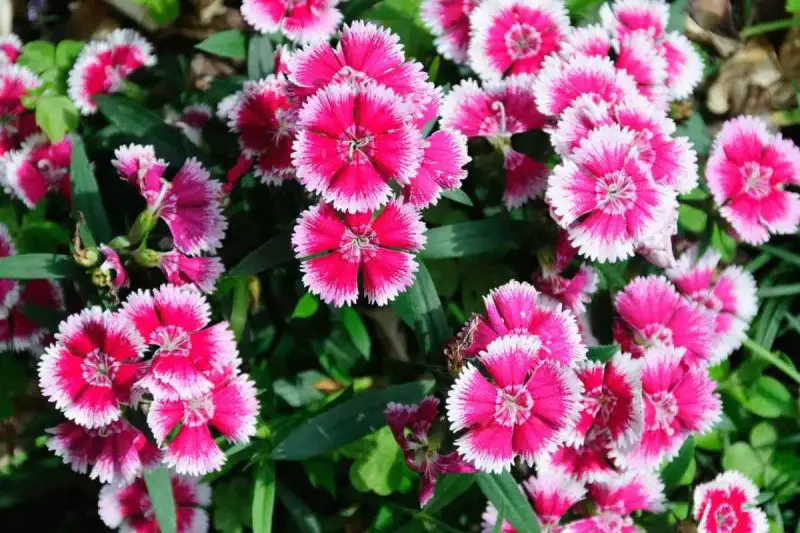
What Do Deer Typically Eat?
Deer are herbivores with a broad diet that varies according to the season, availability of food, and local habitat conditions. They prefer tender shoots, leaves, flowers, and fruits. In spring and summer, they often feed on new growth and flowering plants. During harsher months, they might resort to browsing woody plants and evergreens.
Deer are known to be opportunistic feeders. This means they tend to eat plants that are easy to access and palatable. If their preferred food sources are scarce, deer may expand their diet to include less favored plants.
Are Dianthus Plants Attractive to Deer?
Dianthus plants have qualities that make them less appealing to many deer species. Their fragrant, sometimes spicy scent, combined with the slightly tough texture of their leaves, tends to deter deer browsing. Unlike soft, tender plants that deer favor, dianthus is often regarded as a less desirable option.
Nonetheless, no plant is completely deer-proof. In areas with high deer populations or limited natural food, deer might nibble on dianthus when other options are unavailable. This feeding is usually opportunistic rather than a preference, but it can still damage plants and reduce flowering.
Why Deer May Eat Dianthus
Scarcity of Preferred Food Sources
In times of food scarcity, such as late winter or early spring before new growth appears, deer may broaden their diet. If other plants are covered with snow or have been overgrazed, deer will sample more plants, including dianthus. This behavior means that while dianthus is not typically a favorite, it may become a fallback food.
Young or Tender Growth Is More Vulnerable
Deer tend to avoid mature, woody stems but are more attracted to soft, tender shoots and flowers. Young dianthus plants or newly sprouted shoots may be at higher risk of deer damage because they are easier to chew and digest.
Local Deer Preferences and Habits
Deer feeding preferences vary by region, depending on available flora and learned behavior. In some locations, deer may develop a taste for dianthus if it is abundant and easily accessible. Local herd habits can influence whether dianthus plants are left alone or eaten.
Signs of Deer Damage on Dianthus
Recognizing deer damage helps you take timely action. Deer feeding on dianthus typically results in ragged, uneven edges on leaves or stems. You may notice missing flowers or plants that appear stunted. Unlike insect damage, which tends to be more localized and uniform, deer browsing leaves large bite marks and can strip plants down quickly.
Footprints and droppings near your dianthus beds provide additional clues about deer presence. If you observe these signs regularly, it’s likely deer are responsible for any plant damage.
Effective Tips to Protect Dianthus from Deer
Creating Physical Barriers
One of the most reliable methods to prevent deer from eating dianthus is installing physical barriers. Fencing around your garden or flower beds can keep deer out entirely. The fence should be at least 8 feet tall, as deer can jump surprisingly high.
If a full fence is impractical, consider smaller enclosures around your dianthus plants. Using wire cages or netting can protect individual plants, especially when they are young and more vulnerable.
Using Deer Repellents
Commercial deer repellents are available in spray or granular form and work by emitting odors or tastes that deer find unpleasant. Many repellents use ingredients like garlic, rotten eggs, or predator urine scents to discourage deer from approaching.
Repellents must be applied regularly, especially after rain, to remain effective. Although they do not guarantee complete protection, repellents can significantly reduce browsing when combined with other strategies.
Planting Deer-Resistant Companions
Incorporating plants that deer avoid can help protect dianthus by masking their scent or creating less attractive garden areas. Plants with strong fragrances, tough leaves, or spiny textures deter deer and can act as natural barriers.
Examples include lavender, rosemary, and ornamental grasses. Mixing these with dianthus not only protects your flowers but also adds diversity and beauty to your garden.
Managing Garden Environment to Discourage Deer
Minimizing features that attract deer to your garden, such as dense cover or accessible water sources, reduces their visits. Keeping your garden tidy, removing fallen fruit or seeds, and trimming overgrown shrubs helps make the area less inviting.
Additionally, using motion-activated sprinklers or lights can startle deer and keep them away from your plants.
What to Do If Deer Have Already Damaged Your Dianthus
Pruning and Encouraging New Growth
If deer have nibbled on your dianthus, prune the damaged parts to encourage healthy new growth. Removing chewed flowers and stems allows the plant to focus energy on recovery and blooming again.
Regular pruning also improves air circulation, reducing the risk of fungal diseases that can follow injury.
Replanting and Protective Measures
For plants severely damaged or killed by deer, replanting is necessary. Consider using protective measures such as cages or repellents immediately after planting to safeguard the young plants during their vulnerable stage.
Monitoring and Ongoing Prevention
Continue monitoring your garden regularly for deer activity. Early detection allows for quicker responses before significant damage occurs. Combining multiple protective strategies increases your chances of maintaining a deer-free garden.
Understanding the Balance Between Wildlife and Gardening
Deer are part of many ecosystems and contribute to biodiversity. However, balancing their presence with a healthy garden requires proactive measures. Understanding deer behavior and respecting their role helps gardeners coexist with wildlife while protecting prized plants like dianthus.
Educating neighbors and community members about deer management can also improve outcomes on a larger scale.
FAQs About Deer and Dianthus
Will deer always avoid dianthus plants?
No plant is entirely deer-proof. While deer usually avoid dianthus, they may eat it if food is limited.
How tall should a fence be to keep deer away from my garden?
A fence should be at least 8 feet tall to prevent deer from jumping over.
Are natural deer repellents safe for pets and children?
Many natural repellents are safe when used as directed, but always read product labels carefully.
Can companion plants really deter deer?
Yes, plants with strong scents or tough textures can help reduce deer browsing when planted near vulnerable flowers.
What should I do if deer have already damaged my dianthus?
Prune damaged parts promptly and consider protective measures to encourage recovery and prevent further damage.
Conclusion
While deer do not typically favor dianthus, they may eat these plants under certain conditions, especially when other food sources are scarce. Protecting your dianthus involves a combination of physical barriers, repellents, companion planting, and garden management.
By understanding deer feeding habits and applying effective protection techniques, you can enjoy vibrant dianthus flowers without the frustration of deer damage. With patience and consistent care, your garden will thrive, showcasing beautiful blooms season after season.

